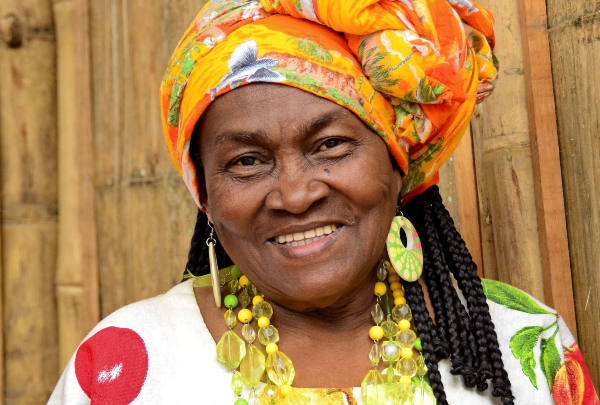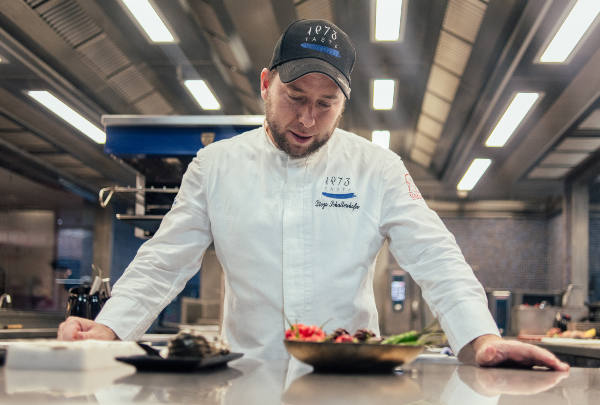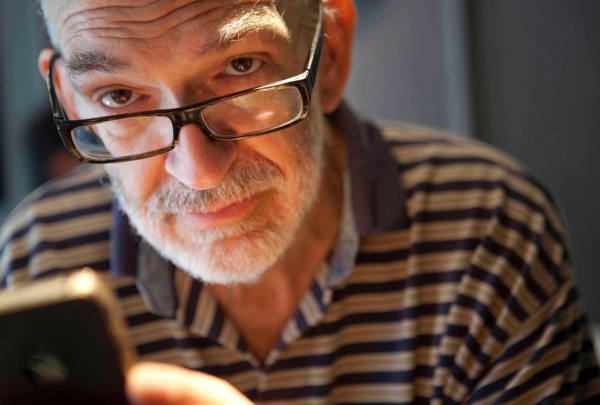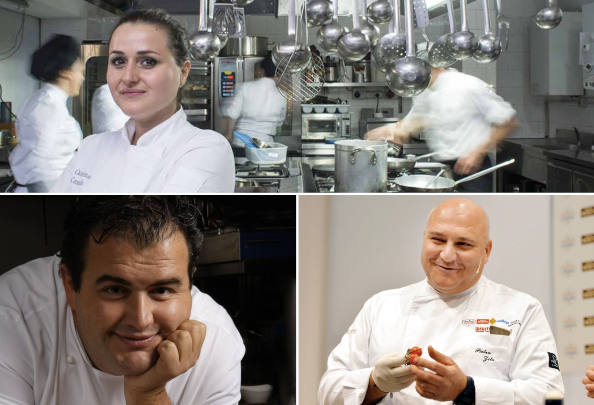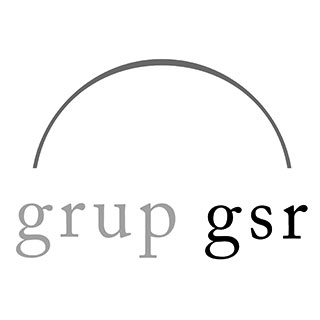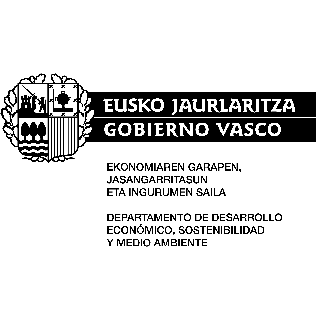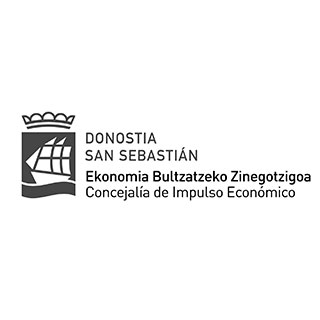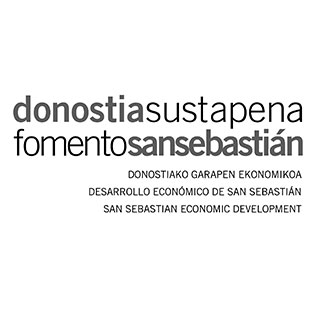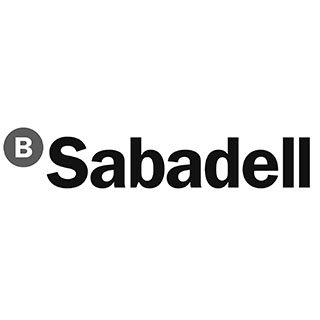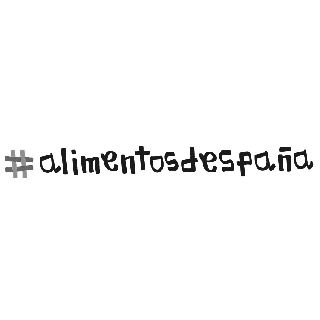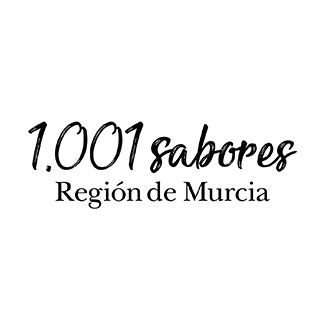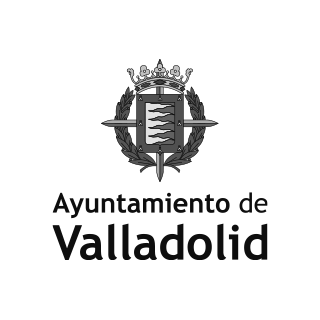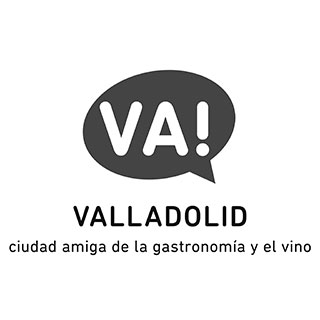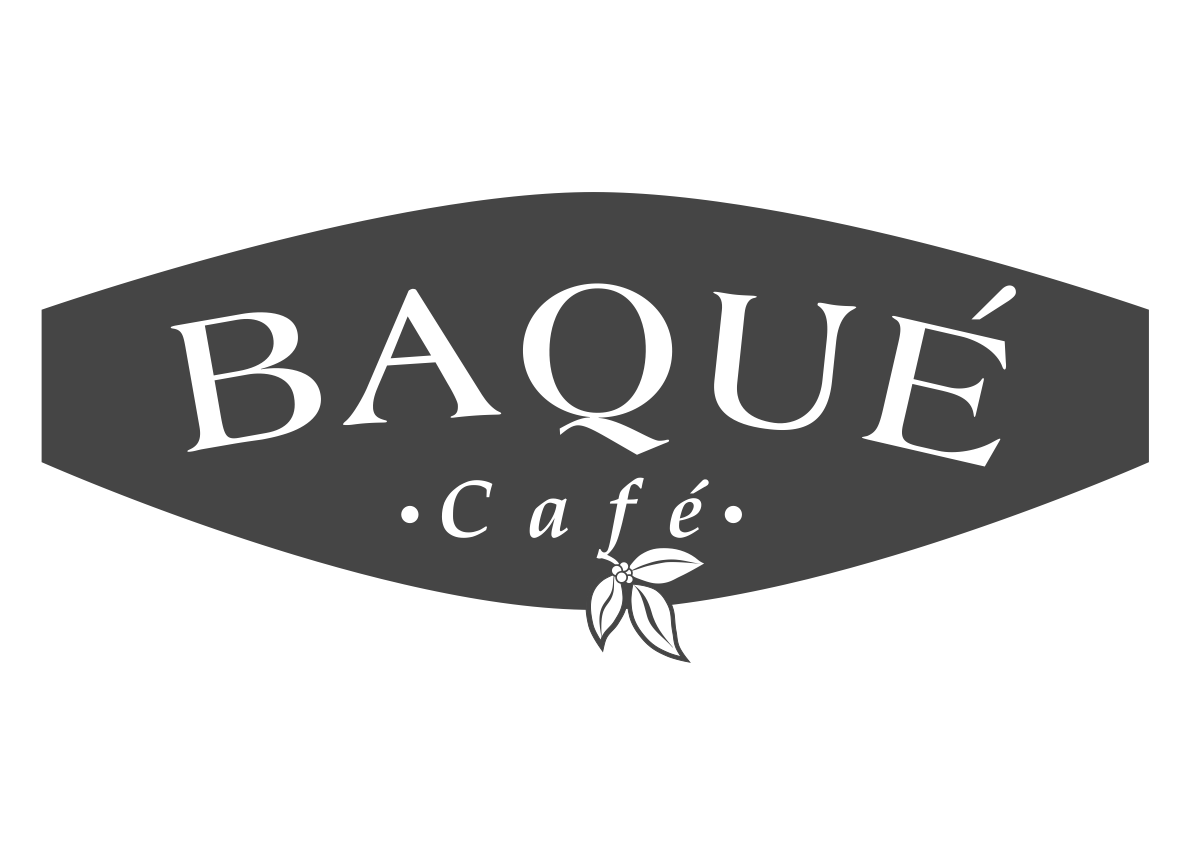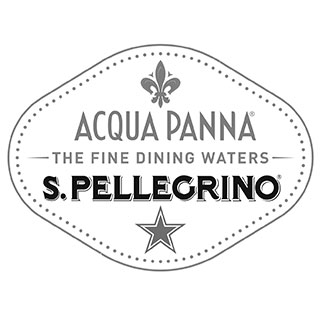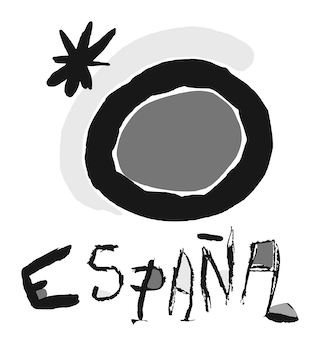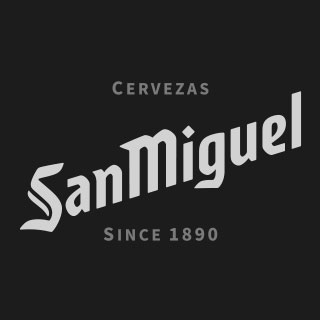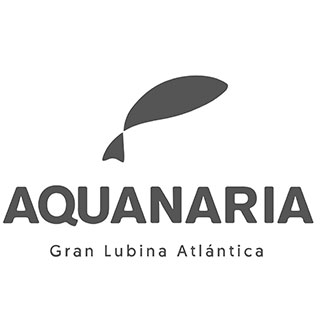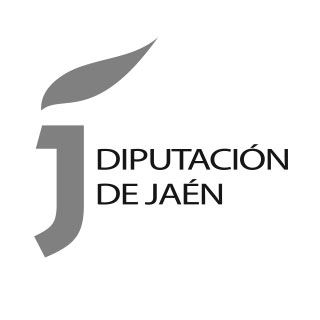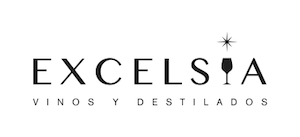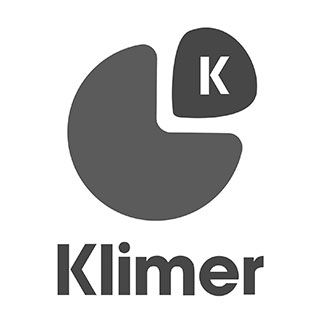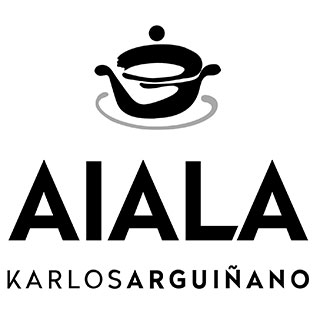Interview
Nadia Sammut: “The important question is: What do you put in your body?”
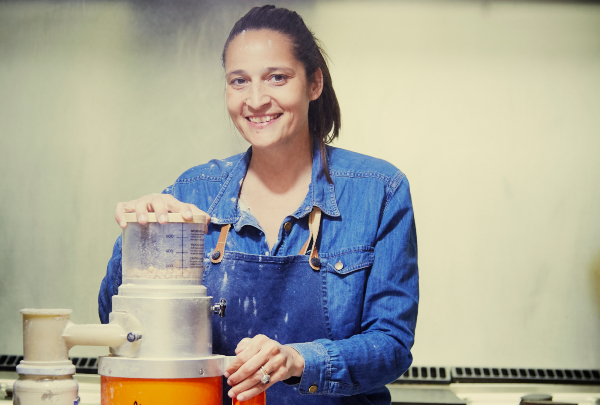
The chef at La Fenière* (Cadenet, France) is the only chef in the world in charge of a 100 % gluten-free restaurant to be awarded a Michelin star. A different kind of gastronomy in which to delight the mind and stomach and to start to question what you eat.
The self-taught French chef Nadia Sammut is the first chef in the world to earn a Michelin star running a gluten-free restaurant: “A sign that gastronomy is opening up to more inclusive visions”, she says, and one of the pioneers of the social economy in France with the Cuisine Libre movement, campaigning for healthy, environmentally-friendly food, “that contributes to changing the way we live, think and eat”, food that forms a cuisine that, among other things, “is committed to eco-friendly fishing and local rearing with a concern for animal welfare.
Diagnosed with celiac disease and lactose-intolerant from an early age, Sammut’s life has been a perpetual struggle against the disease, its effects and palliatives, especially through cooking, although Nadia would come late to the kitchens despite having grown up in a family of restaurateurs. In 1948, her grandparents –of Tunisian and Maltese/Sicilian origin- opened the Auberge La Fenière restaurant. One of the daughter-in-laws, Reine, studied her mother-in-law’s recipes and used them as a basis to take charge of the cooking. In 1995, the restaurant received a Michelin star, and Reine was one of the very few women to earn the award at that time.
Nadia Sammut didn’t show any interest in cooking during her childhood, but investigating her health problem led her to gradually delve into it. Slowly but surely she went deeper into cooking as she knew that she wanted to help others who were suffering from her problem through food. For this reason, once she was in charge of La Fenière, she developed her cooking towards a 100% gluten-free haute cuisine. Towards a Cuisine Libre (Free cuisine), a movement –in her own words- “that promotes a cuisine free of all dictates, free of allergens and free of thoughts, a cuisine with zero waste and using ingredients in their entirety, that gives importance to creating the sauce bases yourself”. Furthermore, “I only work with ingredients that are biodynamic and organically produced. Vegetables, for example, are picked just before serving”.
Let’s get to know a little better a chef who will shortly be presenting her line of cooking at San Sebastian Gastronomika.
It wasn’t a calling. When did you decide to become a chef?
"When I was 10, the doctors thought I was getting better and my parents were told that I had to eat again like everyone else. It was a chronic pathology, perhaps silent at one point in my life, but very present. When I was 30 years old, I fell ill in a much more serious way. And that was where I stopped. It was time to make a commitment to my heritage and my education and the true angle of sharing and transmission. I decided to travel the world to better understand what food alternatives are used when people have evictions or food problems"
What did you learn from these trips?
"All the gluten- free solutions that I found all over the world were full of additives, no quality products sourcing, and zero transparency. In general, I realized that it was always about deprivation and never about a tasteful culinary experience.
And you started to work with…
"I started with the seeds. I studied ecosystems, and I took sides on environmental and political reflections to try to make codes evolve. I then joined the social entrepreneurship incubator of a major business school in France (ESSEC). I reflected on my desire to create a world that was positive and open (whereas the one I was offered wasn’t) and where cuisine was inclusive. The place has a primordial role in my project as well as the unprocessed ingredients. I started cooking, thinking, and working on this project and movement now called Cuisine Libre", which does research and training for individuals and restaurant professionals and for the medical profession on the importance of positive patient nutrition. Our function is also to guide the patient towards pleasure, not towards a restrictive diet.”
What exactly does allergy, hypersensitivity and intolerance to gluten mean and where does it come from?
"Gluten is the protein fraction found in wheat, rye, barley, oats, and spelt. ‘Glu' means glue, which is what gives it its sticky appearance when mixed with water. Over the years and with the industrialization of agriculture, wheat has been modified to be more resistant, to whiten the bread, and to stick better. These cereals have mutated to such an extent that they are indigestible, sometimes with much more gluten than before. This has caused inflammation and irritation of the intestinal wall to the point of hypersensitivity and poor assimilation of the ingredients in the body. Nowadays, wheat is stickier and allows the bread to swell faster. Moreover, wheat being a cheap additive, the food industry adds it everywhere from chewing gum to sauce binders... Then the interaction with other ingredients, especially refined sugars, accentuates food hypersensitivity and as a result, chronic fatigue.”
Does this mean that consuming unprocessed ingredients would reduce the risk of being affected?
"It's hard to know since the problem is that we've already been widely exposed to these highly processed ingredients. As a result, the overall condition of them has been altered. Tomorrow, the reintroduction of an old type of wheat will not cause any problems if you are gluten intolerant. The question you must ask yourself is: what do you put into your body? There is no point in eating ancient grains if it is combined with refined sugar, poor quality butter, vegetables that are not ripe or in season. It's not just a question of wheat.”
The self-taught French chef Nadia Sammut is the first chef in the world to earn a Michelin star running a gluten-free restaurant: “A sign that gastronomy is opening up to more inclusive visions”, she says, and one of the pioneers of the social economy in France with the Cuisine Libre movement, campaigning for healthy, environmentally-friendly food, “that contributes to changing the way we live, think and eat”, food that forms a cuisine that, among other things, “is committed to eco-friendly fishing and local rearing with a concern for animal welfare.
Diagnosed with celiac disease and lactose-intolerant from an early age, Sammut’s life has been a perpetual struggle against the disease, its effects and palliatives, especially through cooking, although Nadia would come late to the kitchens despite having grown up in a family of restaurateurs. In 1948, her grandparents –of Tunisian and Maltese/Sicilian origin- opened the Auberge La Fenière restaurant. One of the daughter-in-laws, Reine, studied her mother-in-law’s recipes and used them as a basis to take charge of the cooking. In 1995, the restaurant received a Michelin star, and Reine was one of the very few women to earn the award at that time.
Nadia Sammut didn’t show any interest in cooking during her childhood, but investigating her health problem led her to gradually delve into it. Slowly but surely she went deeper into cooking as she knew that she wanted to help others who were suffering from her problem through food. For this reason, once she was in charge of La Fenière, she developed her cooking towards a 100% gluten-free haute cuisine. Towards a Cuisine Libre (Free cuisine), a movement –in her own words- “that promotes a cuisine free of all dictates, free of allergens and free of thoughts, a cuisine with zero waste and using ingredients in their entirety, that gives importance to creating the sauce bases yourself”. Furthermore, “I only work with ingredients that are biodynamic and organically produced. Vegetables, for example, are picked just before serving”.
Let’s get to know a little better a chef who will shortly be presenting her line of cooking at San Sebastian Gastronomika.
It wasn’t a calling. When did you decide to become a chef?
"When I was 10, the doctors thought I was getting better and my parents were told that I had to eat again like everyone else. It was a chronic pathology, perhaps silent at one point in my life, but very present. When I was 30 years old, I fell ill in a much more serious way. And that was where I stopped. It was time to make a commitment to my heritage and my education and the true angle of sharing and transmission. I decided to travel the world to better understand what food alternatives are used when people have evictions or food problems"
What did you learn from these trips?
"All the gluten- free solutions that I found all over the world were full of additives, no quality products sourcing, and zero transparency. In general, I realized that it was always about deprivation and never about a tasteful culinary experience.
And you started to work with…
"I started with the seeds. I studied ecosystems, and I took sides on environmental and political reflections to try to make codes evolve. I then joined the social entrepreneurship incubator of a major business school in France (ESSEC). I reflected on my desire to create a world that was positive and open (whereas the one I was offered wasn’t) and where cuisine was inclusive. The place has a primordial role in my project as well as the unprocessed ingredients. I started cooking, thinking, and working on this project and movement now called Cuisine Libre", which does research and training for individuals and restaurant professionals and for the medical profession on the importance of positive patient nutrition. Our function is also to guide the patient towards pleasure, not towards a restrictive diet.”
What exactly does allergy, hypersensitivity and intolerance to gluten mean and where does it come from?
"Gluten is the protein fraction found in wheat, rye, barley, oats, and spelt. ‘Glu' means glue, which is what gives it its sticky appearance when mixed with water. Over the years and with the industrialization of agriculture, wheat has been modified to be more resistant, to whiten the bread, and to stick better. These cereals have mutated to such an extent that they are indigestible, sometimes with much more gluten than before. This has caused inflammation and irritation of the intestinal wall to the point of hypersensitivity and poor assimilation of the ingredients in the body. Nowadays, wheat is stickier and allows the bread to swell faster. Moreover, wheat being a cheap additive, the food industry adds it everywhere from chewing gum to sauce binders... Then the interaction with other ingredients, especially refined sugars, accentuates food hypersensitivity and as a result, chronic fatigue.”
Does this mean that consuming unprocessed ingredients would reduce the risk of being affected?
"It's hard to know since the problem is that we've already been widely exposed to these highly processed ingredients. As a result, the overall condition of them has been altered. Tomorrow, the reintroduction of an old type of wheat will not cause any problems if you are gluten intolerant. The question you must ask yourself is: what do you put into your body? There is no point in eating ancient grains if it is combined with refined sugar, poor quality butter, vegetables that are not ripe or in season. It's not just a question of wheat.”
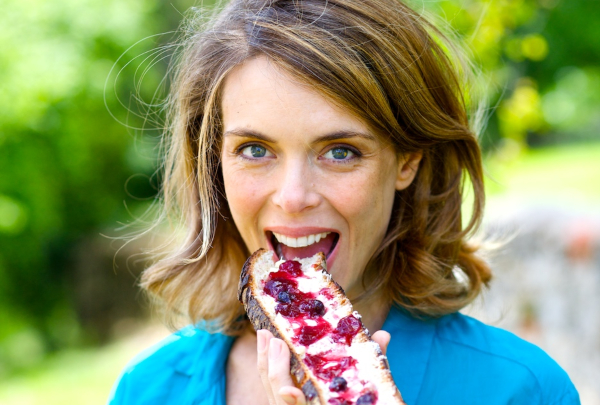
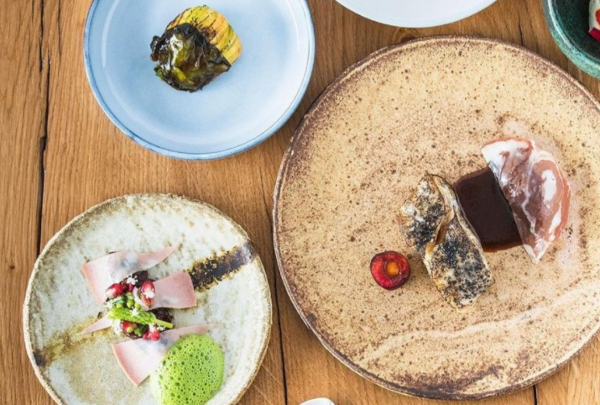
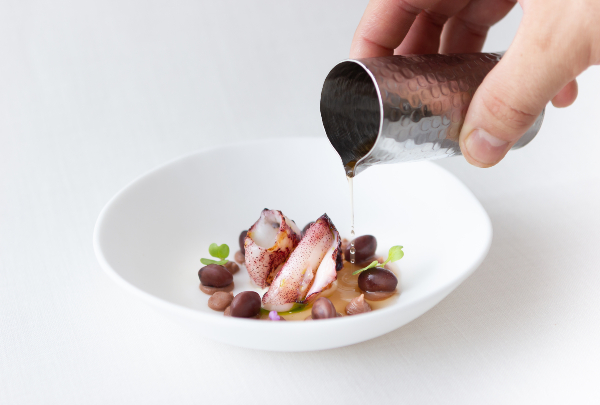
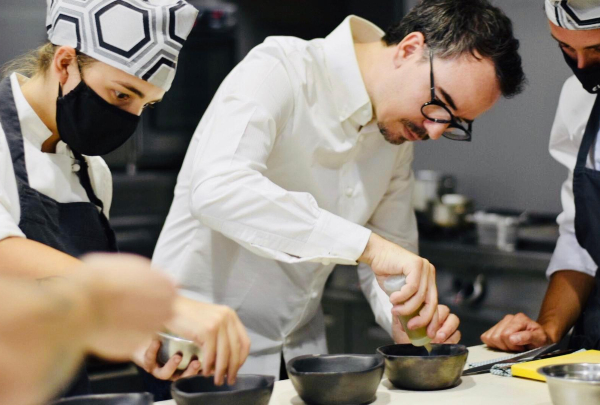
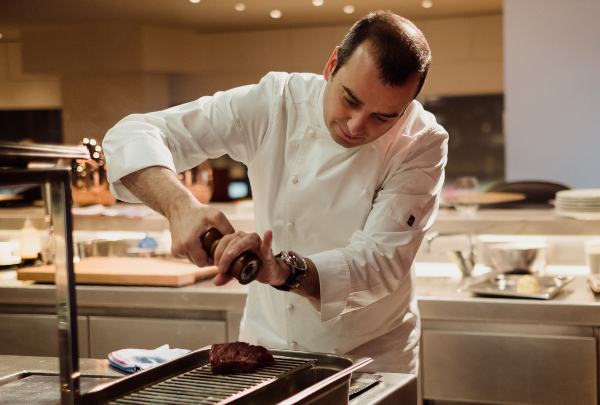
.jpg)
